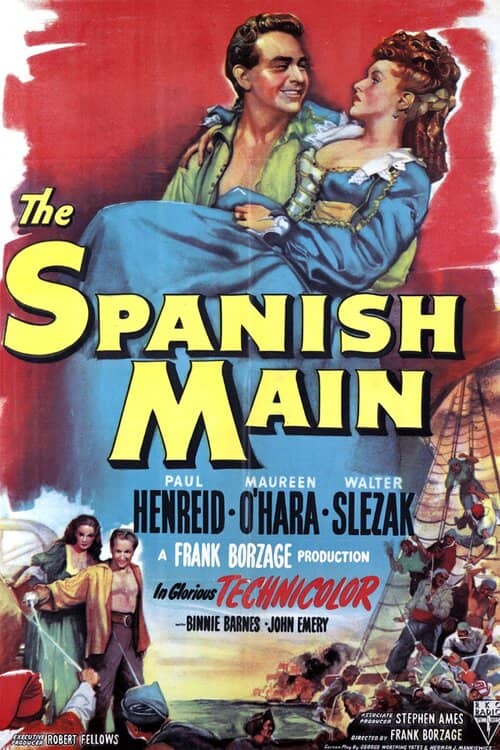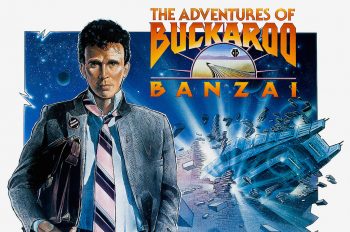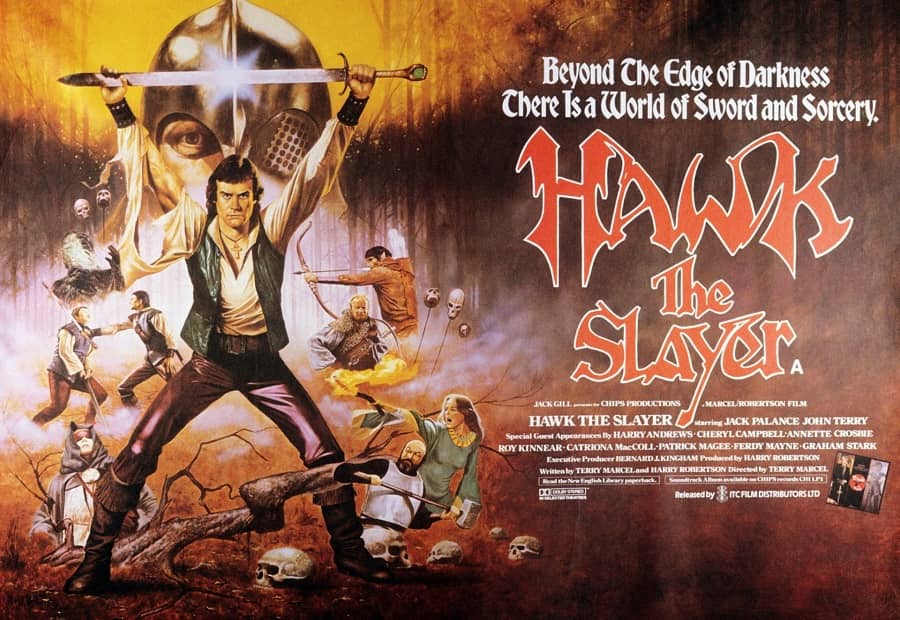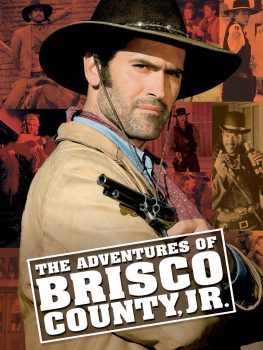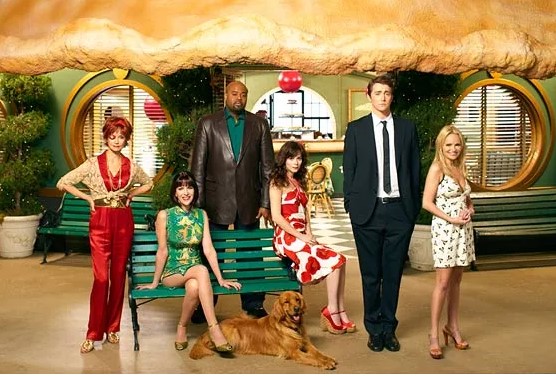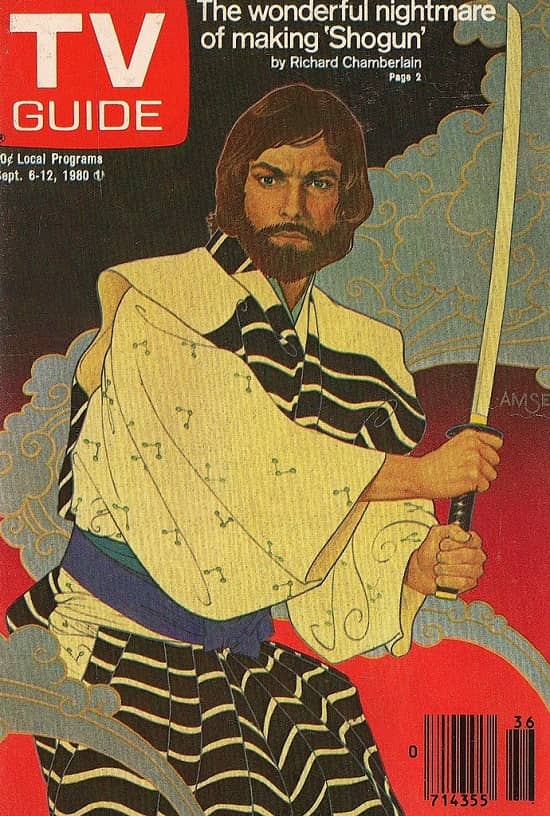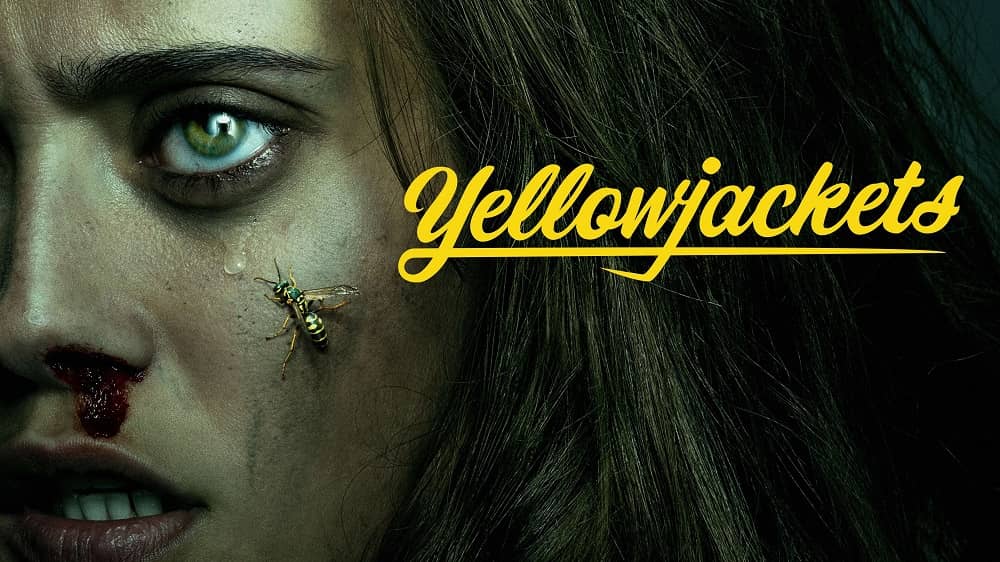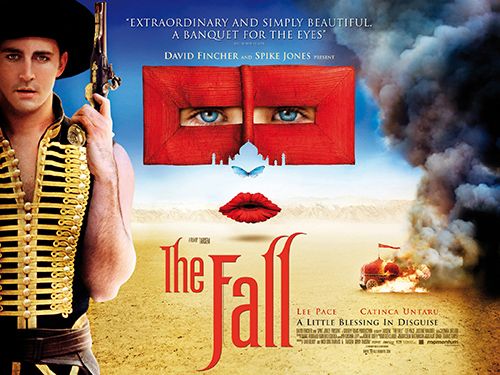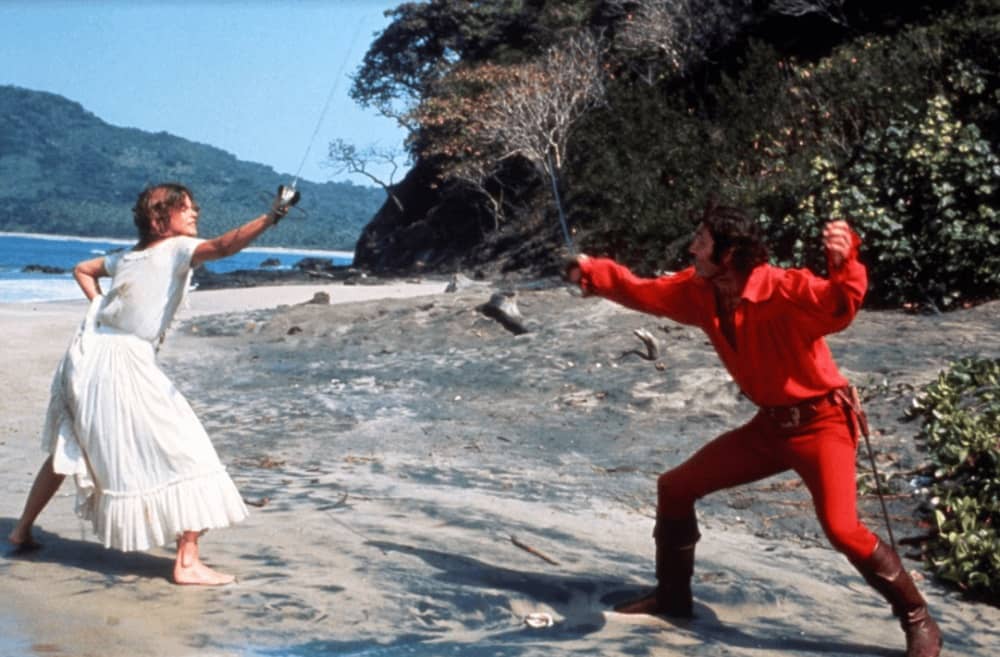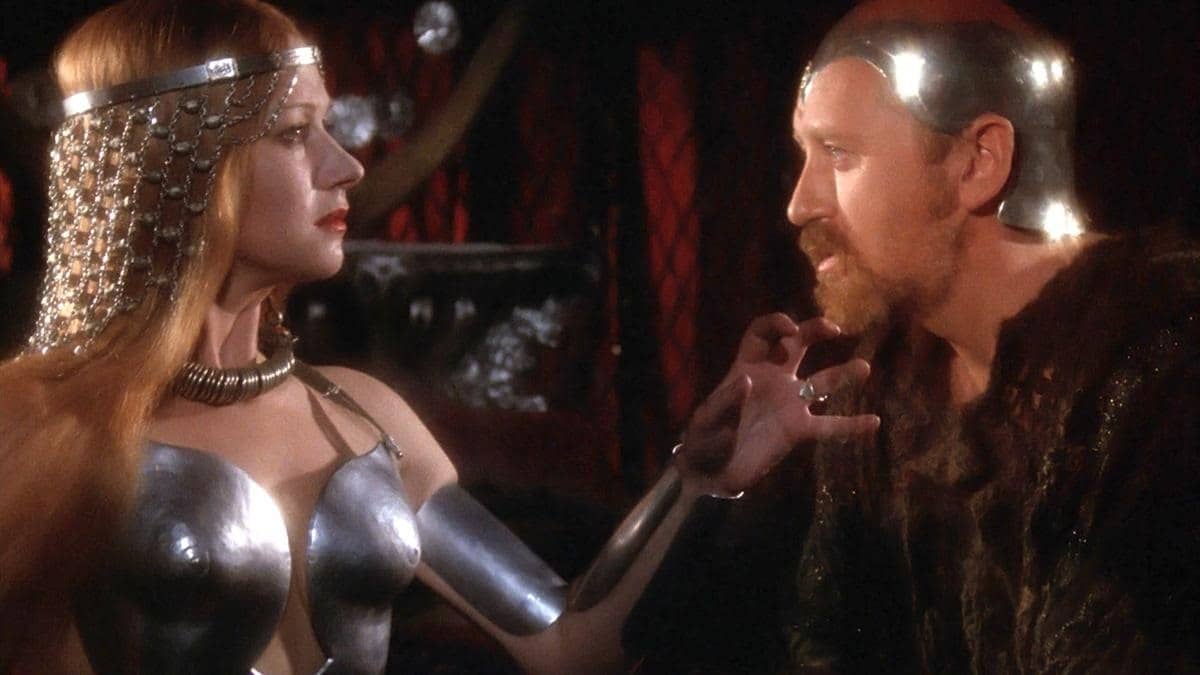
Excalibur (Warner Bros, 1981)
1981 was a watershed year in fantasy films. The success of Star Wars had made it possible to fund and produce large-scale SF and fantasy movies, but it also heralded a change in the way such movies were made, placing high-quality (and thus expensive) special effects front and center. Prior to Star Wars, special effects in fantasy films were almost invariably low-budget and cheesy, reflecting movie producers’ almost invariable belief that such films appealed only to a niche and rather undiscerning market.
The conspicuous exception to this rule was the films of master animator Ray Harryhausen, but even in his movies, beyond the creature animation, the production values, script, and human performances were often afterthoughts. However, the creatures were magnificent, and that was considered enough.
Not anymore. Harryhausen’s painstaking stop-motion animation had been superseded by new approaches that integrated stop-motion with puppetry, classical animation, and most importantly computer graphics. And indeed, 1981’s Clash of the Titans was Harryhausen’s final film. If Clash wasn’t completely outdone by Dragonslayer, the effects in that film, largely produced by George Lucas’ Industrial Light and Magic, nonetheless pointed the way toward a new era in fantasy.
However, it wasn’t all about the special effects. John Boorman’s Excalibur showed that a film of heroic fantasy could also be cinematic art, aspiring to the best the medium was capable of. After Excalibur, plenty of critics would continue to sneer at fantasy films, but the proof was in: they were wrong.
…
Read More Read More
